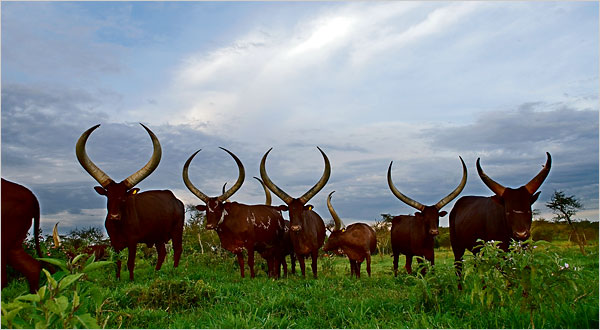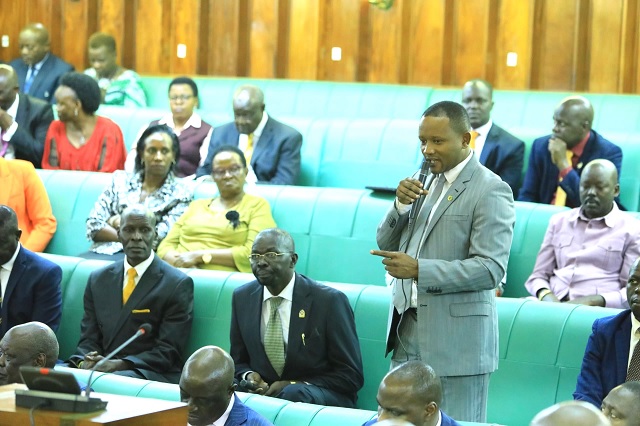The traditional Ankole longhorn cattle, a source of pride for the Banyankole community in Uganda, is facing a threat to its existence as a new generation of farmers shifts towards exotic breeds. The Ankole longhorn cow, known for its distinctive long whitish horns and brown or dark brown skin, has been cherished for its beauty and adaptability to the environment.
In Ankole Sub-region, dairy farmers have traditionally kept these indigenous longhorn cattle, which play a significant role in society. However, the younger generation is increasingly opting for Friesian cows, known for higher milk production, jeopardizing the survival of the Ankole longhorn breed.
The Ankole cow holds cultural significance, acting as bride price and providing food, security, and prestige in the community. It is considered a symbol of wealth, and families keeping Ankole longhorn cows enjoy benefits such as quality meat, milk, and cheese.
The shift towards exotic breeds is attributed to factors such as the influence of political figures like President Museveni and South African President Cyril Ramaphosa, who have promoted longhorn cattle. Additionally, the demand for higher milk production has led dairy farmers to prefer Friesian cows.
While Ankole longhorn cattle are valued for their ornamental and prestigious reasons, their daily milk production of 10 to 15 liters falls short of the expectations driven by the focus on milk quantity. This shift in preference threatens the traditional Ankole breed’s survival.
Efforts are being made to raise awareness and encourage the preservation of Ankole cattle heritage. Initiatives include social media campaigns, trips to Ankole cattle farms, and the development of heritage books. There is also a resurgence in using Ankole cattle for dowry payments.
The Minister for Agriculture, Animal Industry and Fisheries, Mr. Frank Tumwebaze, reassured that the government is conducting research and conservation efforts to preserve the Ankole cattle breed. However, challenges such as limited grazing grounds and reluctance among Ankole cattle owners to share the breed pose obstacles to its preservation.
The dilemma reflects the delicate balance between tradition and practical considerations in agricultural practices, with implications for cultural heritage, biodiversity, and the livelihoods of communities.




















